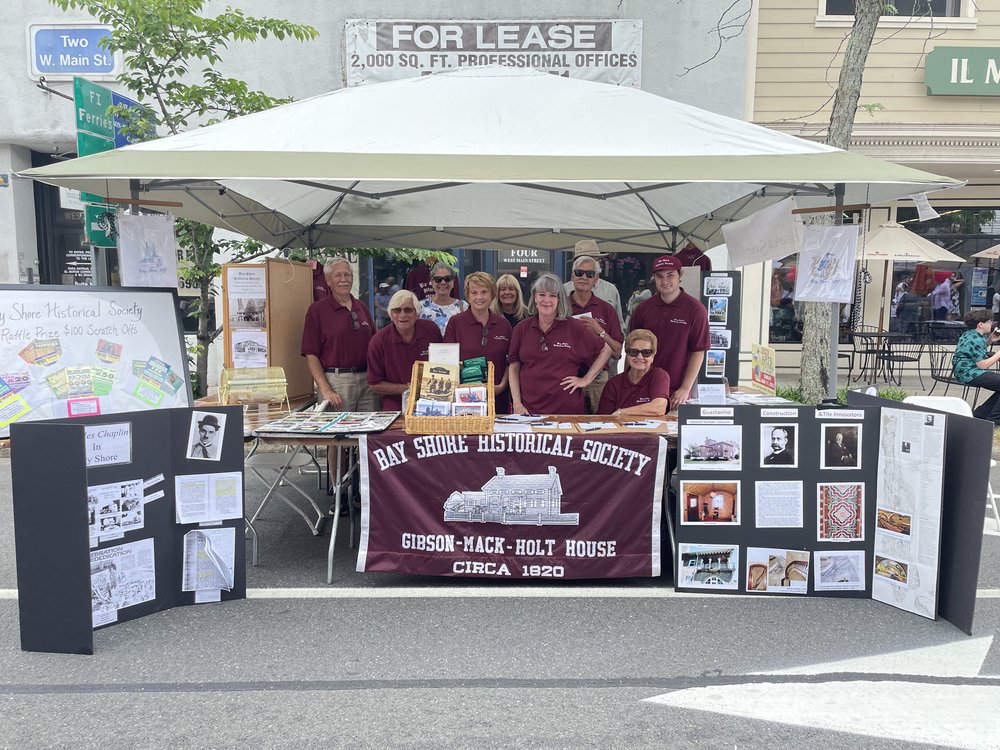Arts and History
Clik here to view.

The Bay Shore High School Symphonic Band.
Living close to Main Street, I feel spoiled when I walk down to see all of the wonderful festivals, parades, and live music throughout the year. From St. Patrick’s Day to Alive by the Bay, I've never been disappointed with an event, and the Arts Festival was no exception. Kicking off at 10 a.m., Sunday, June 11, the weather was perfect and the turnout was exceptional.
Families walked up and down Main Street checking out the merchandise from local artists, community resources, and some even watched their student play in the Dr. George S. King gazebo. Fun fact: the gazebo is named after a Long Island medical practitioner who operated at his own hospital in Bay Shore and wrote “The Last Slaver,” a novel that was adapted into a film by William Faulkner in 1937. King died on June 13, 1966, in his home located on Maple Avenue.
Filling the air with the musical notes of the Bay Shore School District, the Hibernian Festival Singers, and the Babylon Chorale, the Arts Festival showed off the abundance of talent and ambition of our local students and professional artists.
Clik here to view.

Bay Shore Historical Society members at the Arts Festival.
Some of the local businesses and artists in attendance on the sunny, summer Sunday were the Bay Shore Classroom Teachers Association (BSCTA), Lost Dog Art and Frame Co., Bay Shore-Brightwaters Public Library, Professional Portrait Sketchers, Bay Shore Historical Society, a petting zoo, and Suffolk Transport Services promoting the new all-electric school bus.
Bay Shore Historical Society takes up residence at the Gibson-Mack-Holt House at 22 Maple Ave., and celebrated its 35th anniversary in 2020. The house was built in 1820 and features museum exhibits; the Historical Reference Library, which is open to the public on Tuesdays and Saturdays; and a gift shop where you can buy Bay Shore collectibles. The Society meets monthly to discuss its agenda and recent happenings. This month’s meeting featured Theresa Dedaro’s novel “The Bayman’s Daughter.”
Our town was not always the bustling Main Street and bayside town that we know now. A visit to the Historical Society will give you the background of the land originally owned by the Secatogue Native Americans and called Panothicut. In 1708, John Mowbray received a land patent from Queen Anne of England to settle the area. From there, the town became known as Mechanicsville and later Penataquit (two names familiar to us from Mechanicsville Road where Tri-Tec is building the new apartment community and the Penataquit Peninsula located southwest of Main Street). In the 19th century, Bay Shore was a popular shopping district sprinkled with resorts for Manhattanites to enjoy the coastal breeze and pine forests.
The Historical Society has a wealth of information on the rich history of our town and is the perfect spot to visit on a Tuesday or Saturday in the summer on your way to or from Fire Island.
